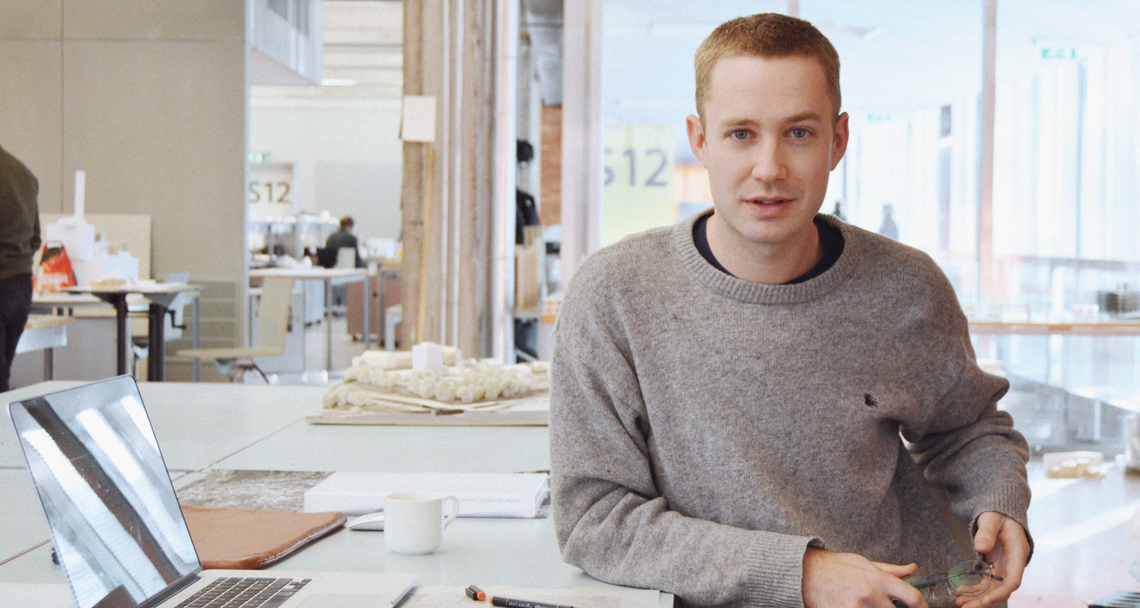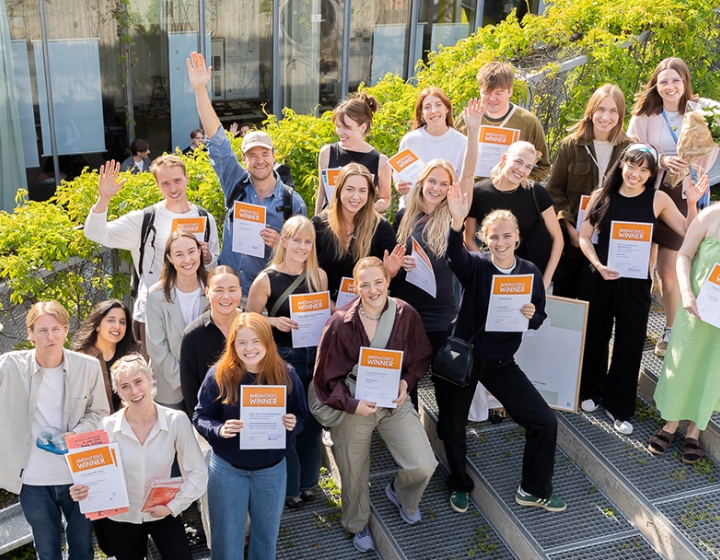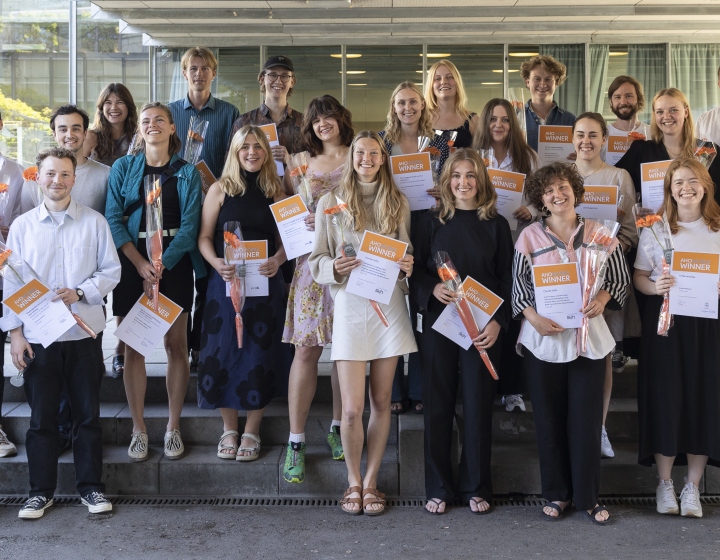Student chat: Espen Heggertveit
Why did you choose to exchange to Tokyo?
During my first three years at AHO, Japanese architecture became a significant source of inspiration and I was curious at the approach the Japanese would have for architectural training. When I started my masters, I used the opportunity to apply for one semester on exchange to Tokyo City University, where I was lucky enough to travel with two others AHO students. It was a unique opportunity to get familiar with Japanese culture and get to know one of the world's largest cities.
Did the visit match your expectations?
I am very satisfied with my stay in Tokyo. It was a busy semester where we were introduced to new methods of working. In the studio course, we delivered two individual projects as well as a collaborative project in architectural theory. Saturdays were reserved for reviews. Only us three from AHO and the professors spoke English but we managed to understand our fellow students by using translation, drawing and hand gestures. Working with models was a main focus at the institute, and although the university did not have workshops, it amazes me what can be created only making use of white cardboard.
Making Japan your home is certainly a valuable experience to understand a little bit better what lies behind the philosophy of Japanese architecture.
What would be the most intriguing architectural experiences you had in Japan?
Japan and Tokyo has a lot to offer for a architecture students, from the traditional home with sliding doors, paper walls and tatami-mats to gorgeous pavilions signed Sanaa and Ishigami and enormous residential and office complexes. Among the most memorable experiences were visiting contemporary housing built on the traditional residence, and sitting naked with new friends high up in the mountains in an ascetic designed onsen heated by volcanic springs on an icy winters day!
What distinguishes the two schools?
Tokyo City University is not solely an architecture and design school like AHO and the faculty of architecture is not very big. There is less space and less time spent with the professors, but there is a greater degree of contact between students at different levels. For instance a Senpai Kohai system where younger students help older students with model building, and in return receive guidance from older students on their projects.
The university is not so internationally oriented,we were probably the only Westerners on campus. In this way you get to know Japan, but it's good to come home to the varied guest lectures here at our school.
While AHO has a more comradely tone with the professors, Japanese professors are addressed using surnames and the title sensei, which means master. But we were actually invited home to our Professor Tezuka-sensei and his family ahead of the New Year celebrations to make traditional Japanese Mochi.



